Field visit to Kenya yields valuable insights for smart sketch maps solution
From 25th July 2016 to 29th July 2016, Technical University of Kenya (TUK), the Kenyan partners in the its4land consortium, hosted researchers from the University of Muenster, Hansaluftbild, KU Lueven, and University of Twente as part of the project kick-off activities in Kenya.
Dr. Malumbo Chipofya from the University of Muenster who was part of the visiting team returned to Muenster with a very positive outlook. “The visit was very productive”, reported Dr. Chipofya, “TUK organized a comprehensive schedule including a meeting with the vice chancellor of TUK, meetings with the research team at TUK, visits to project study sites, and a meeting with stakeholders in the project.”
The two sites selected for the project represent two almost opposite sides of a spectrum of land usage. On one end of this spectrum are highly parcelized individual land holdings in a peri-urban settlement and, on the other end, large shared rural land holdings that are simultaneously used by an entire community. During both visits to the study sites Prof. Gordon Wayumba introduced the its4land concept and the project team to elders of the respective communities.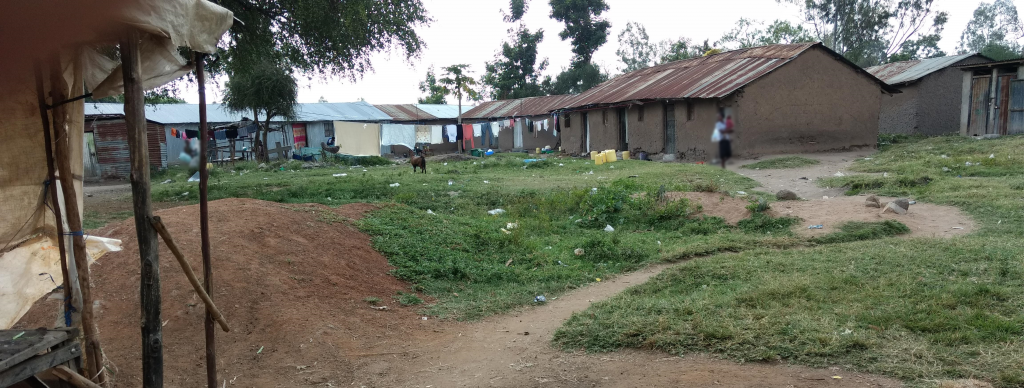
Houses in study area in Manyatta B, Kisumu, Kenya.
One of the selected study areas, a peri-urban settlement called Manyatta B, lies on the peripheri of the city of Kisumu. Like other communities on the city’s outer limits, the community of Manyatta B faces a rapid conversion of their environment from a rural to an urban area. While some parcels in this area are demarcated by physical and visible boundaries, many other boundaries are not visible both on the ground or in aerial photography. Thus one of the main means for quickly establishing a general map of the demarcation of the area into parcels is by involving the community in mapping exercises. We believe that such exercises must be grounded in the community mapping tradition.
One of the TUK researchers on the project Malachi Odongo, while working with an NGO called Pamodya Trust, already carried out a community mapping exercise in the area to produce an informal land register. Smart sketch maps will provide a means for expediting the community mapping process through automated extraction and integration of data from the community maps into the base map. But smart sketch maps also provide that added advantage of incorporating uncertainty into the data by avoiding the temptation to commit to details viz-a-viz spatial precision where no such details can be accurately obtained.
Mailua group ranch in Kajiado county south of Nairobi
The other study site visited during the kick-off week is the Mailua group ranch in Kajiado county south of Nairobi. The group ranch is a way of managing the tenure of pastoralist communities by which a group of families communally hold title to a large area of land on which they can continue to practice pastoral grazing and herding.
During the visit to Mailua group ranch, the its4land team learned about some of the different concepts relating to land usage in the larger community around the ranch. For example, calves and lactating cows have a special grazing place, called olopololi, that is fenced with thorny acacia branches. The arrangement of dwellings, called manyatta, at a boma (or homestead) also have a deliberate configuration. In general, properly capturing information about land tenure in Maasai group ranches will require a careful grounding of the related concepts in physical reality, in the observable artifacts and geographic features.
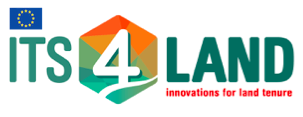


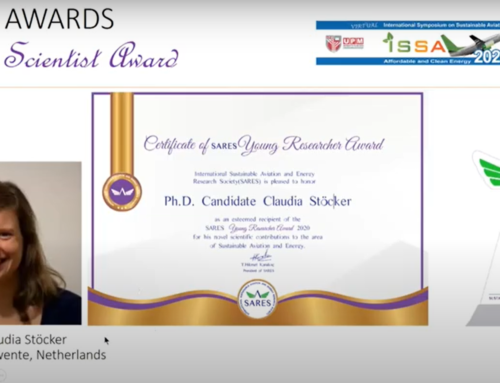
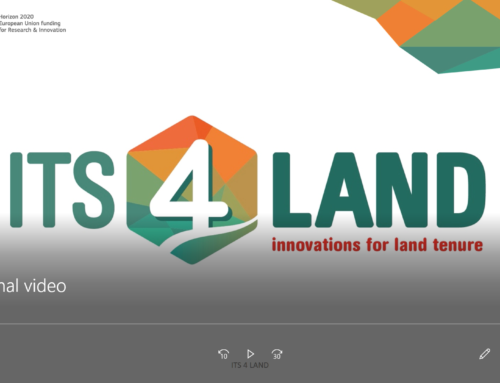
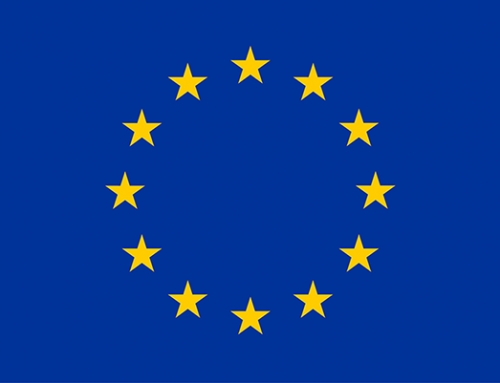
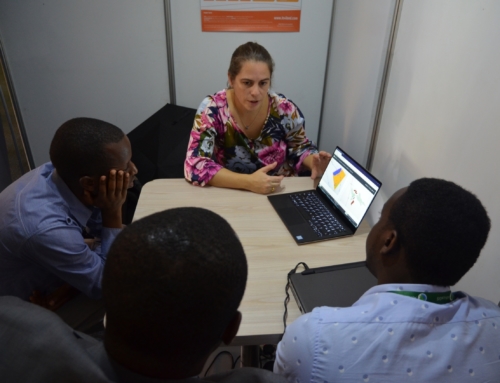
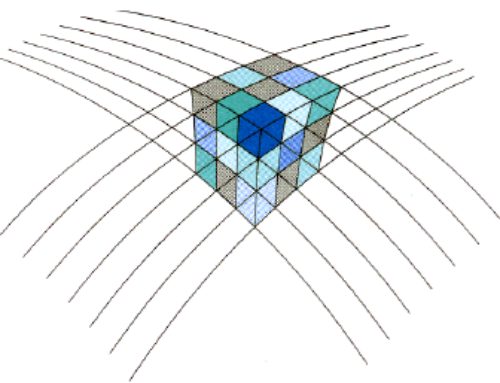
Recent Comments